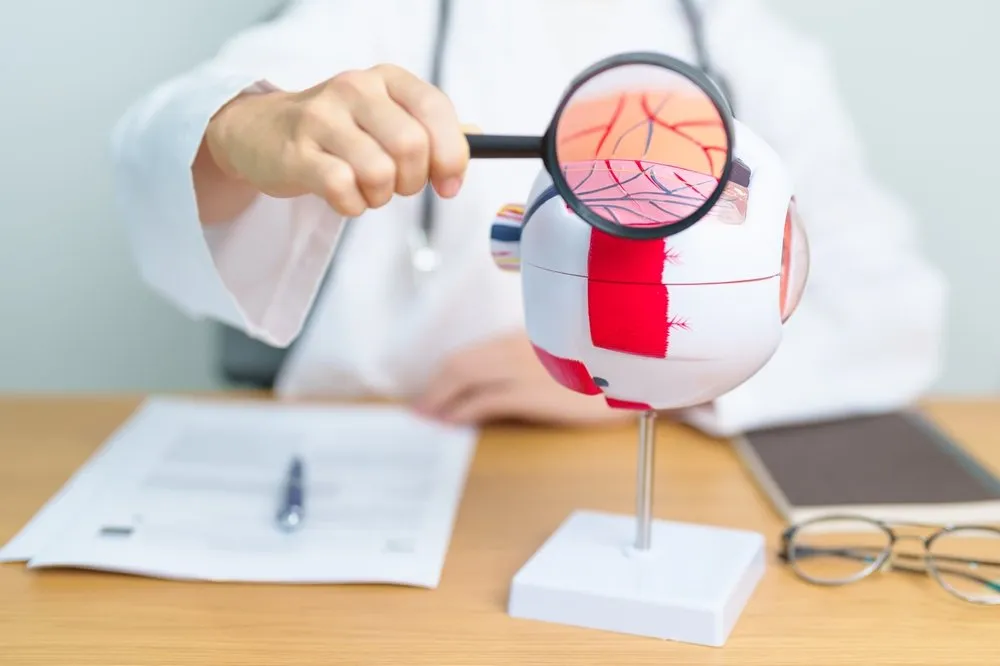
The omega-3 fatty acids are essential for maintaining eye health through several specific mechanisms affecting retinal structure and function. The body cannot produce these important nutrients, which remain fundamental to ocular cellular integrity. The specialized fatty acid DHA (docosahexaenoic acid) comprises approximately 30-40% of the polyunsaturated fatty acids within the retina, highlighting its importance for vitreous health and visual processing. This molecular relationship explains why dietary omega-3 intake directly influences visual development and long-term ocular function. Recent research illuminates how these fatty acids support structural components and functional processes within the visual system.
Membrane magic
The retinal photoreceptor cells contain the highest concentration of DHA found anywhere in the body, where these omega-3 fatty acids become incorporated into cell membranes. This strategic positioning allows DHA to influence membrane fluidity, thickness, and permeability – all critical factors affecting how retinal cells respond to light stimulation and transmit visual signals. When properly integrated into these membranes, DHA creates optimal conditions for rhodopsin function, the light-sensitive protein responsible for converting light into electrical signals. This molecular arrangement facilitates faster and more efficient signal transmission, particularly in low-light conditions where visual processing demands heightened sensitivity.
Signal speedways
Omega-3 fatty acids establish crucial neural communication pathways between the retina and brain visual centres. These pathways require proper myelination and synaptic function processes, heavily dependent on adequate DHA availability during development and throughout life. The speed and accuracy of visual information transfer rely on these well-maintained neural highways. When omega-3 levels remain sufficient, visual stimuli travel more efficiently from photoreceptors through the optic nerve into the visual cortex processing centres. This enhanced connectivity supports faster reaction times, better contrast sensitivity, and improved visual processing capabilities.
Inflammation interceptors
One primary mechanism through which omega-3s protect visual function involves their potent anti-inflammatory properties. The retina remains particularly vulnerable to inflammation due to its high metabolism and constant light exposure.
- DHA metabolites called resolvins actively reduce inflammatory responses
- Neuroprotectin D1, another DHA derivative, protects retinal cells from oxidative damage
- EPA (eicosapentaenoic acid) helps moderate immune responses that might damage retinal tissues
- Omega-3s compete with inflammatory omega-6 pathways, creating balanced immune function
- Anti-inflammatory effects extend to the blood vessels supplying the retina, improving circulation
These protective mechanisms help maintain retinal integrity over time, potentially reducing age-related deterioration commonly affecting visual acuity and later life processing.
Neurogenesis nurturers
Beyond their direct role in visual function, omega-3 fatty acids support generating and maintaining neural connections throughout the brain, including visual processing centres. These neurogenic effects begin during prenatal development and continue throughout life.
- Promotion of brain-derived neurotrophic factor (BDNF) supporting neural plasticity
- Enhancement of dendritic complexity in visual cortex neurons
- Facilitation of efficient synaptogenesis connecting visual pathways
- Support for proper neurotransmitter production affecting visual processing
- Protection of existing neural architecture against age-related degradation
This vascular support proves particularly important for preventing diabetes and age-related macular degeneration, where compromised blood vessels important impact visual function. The ability of omega-3s to maintain vascular integrity represents another pathway through which these nutrients support long-term visual health. The multiple mechanisms through which omega-3 fatty acids support retinal and brain function reveal sophisticated biochemical relationships between nutrition and visual health. From structural membrane components to functional signalling support, these essential nutrients provide foundational elements for optimal visual processing throughout life.







